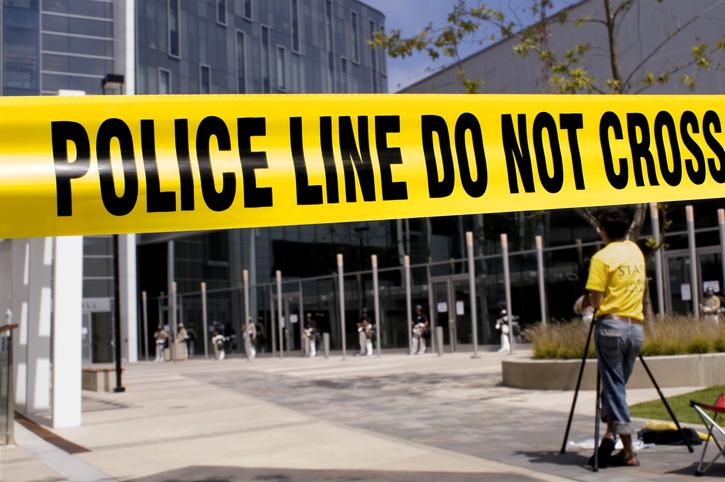Preparing for an Active Shooter Event
Does your team have an active shooter plan in place? No one expects to be present during an active shooter event, but an ounce of precaution and thorough planning can mean the difference between life and death.
Every organization should have thorough emergency preparedness plans to account for all relevant emergency situations that could arise. These include an earthquake preparedness plan if in a region that experiences earthquakes or a tornado preparedness plan in regions that regularly experience tornadoes.
Each plan should include detailed information such as the locations of all exits, possible escape paths, and the current facility layout. Also account for anyone with disabilities and those who may require assistance during an emergency.
First things first, if you see something say something. Meaning if you notice someone or something suspicious immediately notify the authorities.
EVACUATION:
If there is a clear escape path attempt to quietly leave the premises. If possible, help willing parties nearby escape as well. Do not attempt to bring belongings with you. Silence your phone if you evacuated with it, and once you are in a safe location call 911 and prevent others from entering the building. Police or swat teams may not be able to differentiate evacuees from suspects, so always keep hands visible and follow all instructions from law enforcement.
SHELTER IN PLACE:
Find a hiding place where the attacker is least likely to search. If possible, lock the door, turn off lights, and block the door with something heavy. Look for hiding places behind large items that do not trap you in place and silence your phone and all other devices. Remain silent.
FIGHT BACK
The Department of Homeland Security provides specific tactics for fighting back against an active shooter and advises they be used ONLY as a last resort.
Be prepared:
- Develop an appropriate plan and practice it with everyone in your facility.
- Know where your exits are ahead of time.
- When shooting starts get low, cover your head, and look for cover.
- Attempt to avoid the shooter’s direct line of fire.
This printable guide from the Federal Emergency Management Agency can be shared with staff or used during training as a helpful reminder to all.
The information provided is for reference only and should not be considered as legal advice. While we have made every attempt to ensure the information obtained is from a reliable source, Great American is not responsible for any errors or omissions, from the results obtained from the use of this information.





